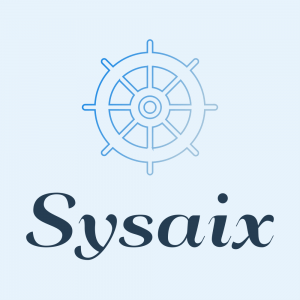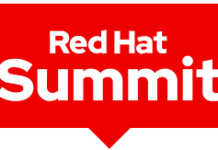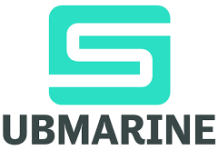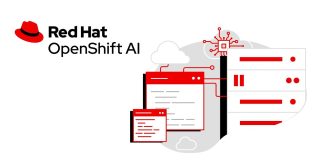In the ever-evolving landscape of container technologies, Podman Desktop emerges as a game-changer, offering a fresh approach to managing containers and Kubernetes clusters. This powerful tool combines the robustness of Podman with an intuitive graphical interface, making container operations accessible to both novices and seasoned professionals.
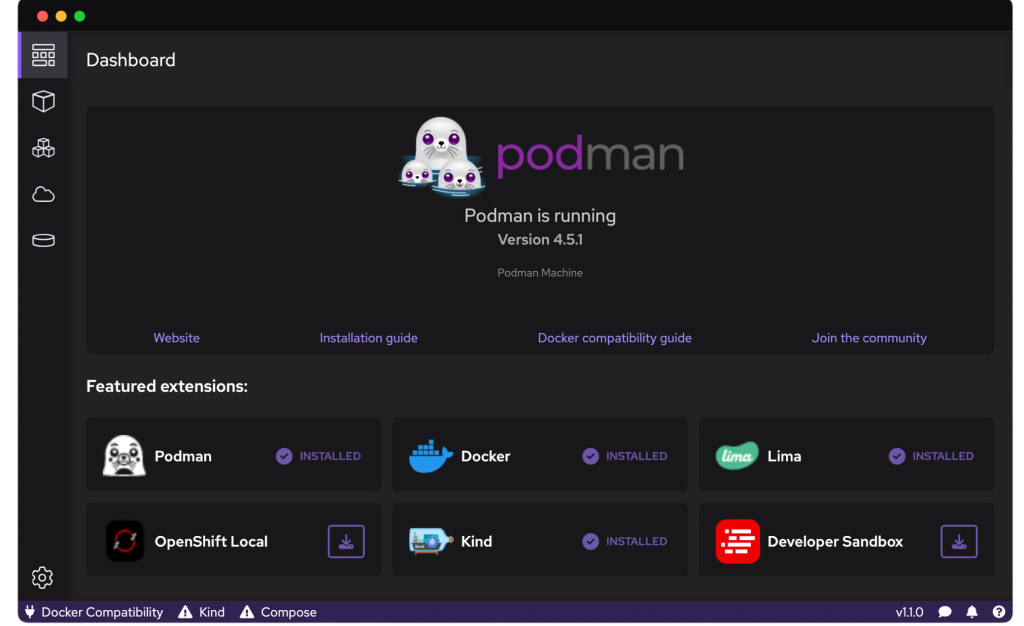
Bridging the Gap: CLI to GUI
Podman Desktop ingeniously bridges the gap between command-line interfaces and graphical user interfaces. While traditional container management often requires extensive CLI knowledge, Podman Desktop presents a visually appealing and user-friendly alternative. This shift doesn’t just simplify operations; it opens up the world of containerization to a broader audience, including developers who prefer graphical tools.
Daemonless Architecture: A Security Boon
One of Podman Desktop’s standout features is its daemonless architecture. Unlike some container platforms that rely on a central daemon, Podman Desktop operates without this potential security weak point. This architecture not only enhances security but also improves resource utilization, as containers run directly under the user’s process ID, mirroring traditional application behavior more closely.
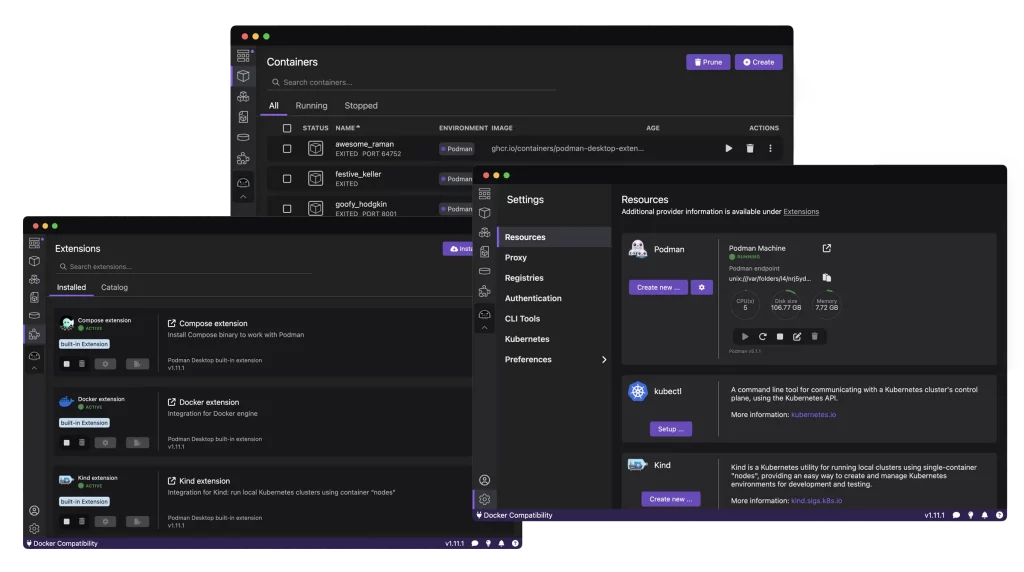
Kubernetes Integration: Seamless Orchestration
Podman Desktop doesn’t stop at local container management. It seamlessly integrates with Kubernetes, allowing users to interact with their clusters through the same intuitive interface. This integration blurs the line between local development and cloud deployment, enabling developers to work with containerized applications in a consistent environment from development to production.
Cross-Platform Compatibility: Develop Anywhere
In today’s diverse computing landscape, cross-platform compatibility is crucial. Podman Desktop rises to this challenge, offering support for Windows, macOS, and Linux. This versatility ensures that development teams can maintain consistency across different operating systems, reducing the “it works on my machine” syndrome that often plagues software development.
Container Health at a Glance
Podman Desktop introduces a novel way to monitor container health. Its dashboard provides real-time insights into running containers, resource usage, and potential issues. This at-a-glance view empowers developers and operations teams to quickly identify and resolve problems, enhancing overall system reliability.
Extensibility: Tailored to Your Needs
Recognizing that one size doesn’t fit all, Podman Desktop offers extensive extensibility options. Users can customize their experience through plugins and extensions, tailoring the platform to meet specific project requirements or personal preferences. This flexibility ensures that Podman Desktop can adapt to various workflows and technologies.
Educational Tool: Learning by Doing
Beyond its practical applications, Podman Desktop serves as an excellent educational tool. Its visual representation of container concepts helps newcomers grasp complex ideas more easily. By allowing users to see the results of their actions in real-time, it accelerates the learning curve for container technologies.
In conclusion, Podman Desktop represents a significant leap forward in container management tools. By combining the power of Podman with an accessible interface, integrating seamlessly with Kubernetes, and offering cross-platform support, it addresses many pain points in the container ecosystem. Whether you’re a seasoned DevOps engineer or a developer just starting with containers, Podman Desktop offers a compelling platform to streamline your workflow and enhance your productivity in the world of containerized applications.
